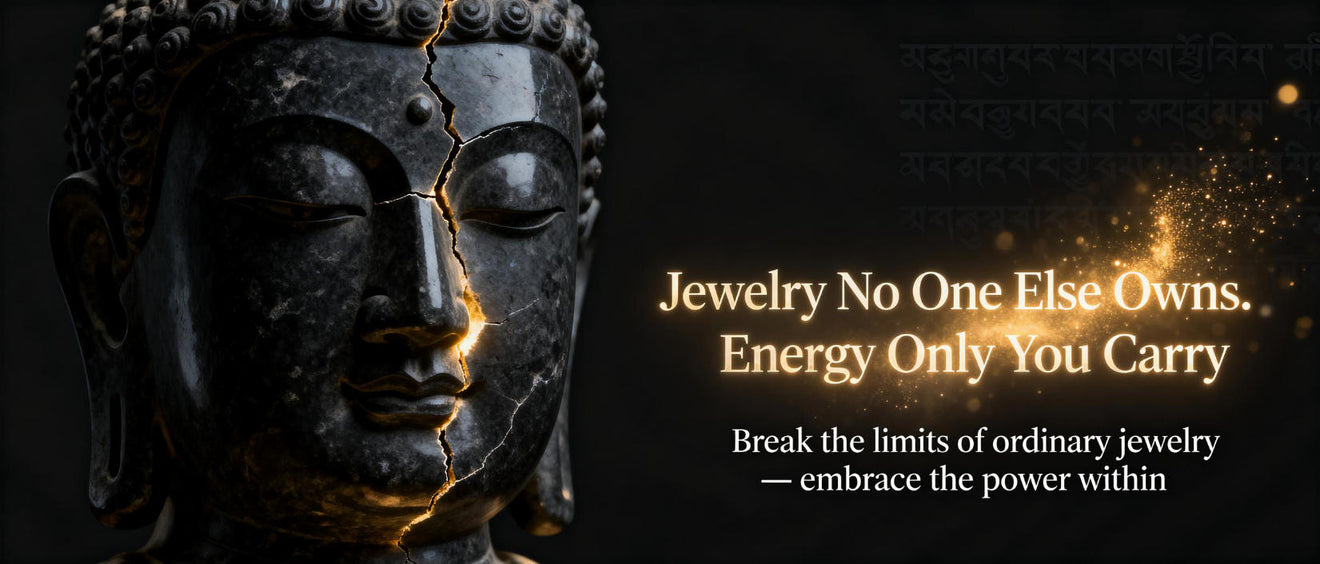
Amidst the complex pattern within Himalayan sacred teachings appear two valuable masterpieces: the artistic thangka and spiritual bodhi gem. Each, in its own unique way, serves as a conduit to spiritual enlightenment. The thangka, an intricate scroll, illustrates divine figures, symbolic diagrams, or Buddhist narratives, serving as a contemplative tool.
On the other hand, the bodhi bead, often crafted from unique minerals, hardwood, grains, or hard tissue, is a tangible reminder of Buddha's illumination under the bodhi tree. Grasping the beads in sacred rituals aids mindfulness cultivation.
- Simultaneously, the thangka and the bodhi bead manifest the journey towards enlightenment. They offer a tangible link to the timeless doctrines of Tibetan Buddhism.
Narratives Engraved on Camel Fragments
Over ancient epochs, old treasures whisper tales about a world long gone. These are not gilded objects crafted by suppressed empires, but elementary camel bones inscribed with inscriptions that hold the riddles of a bygone period. All pieces keep the echo of a life lived, a journey navigated, and a connection to the hallowed wisdom of which encompasses us all.
- Those
- Gifts
- Represent
Decoding the Spirituality of Thangka Artworks
Tangkas are bright paintings on canvas, meticulously crafted by Tibetan artists to depict spiritual figures and scenes from Buddhist doctrines. Each detail within a thangka is laden with interpretation, forming a complex tapestry of visual narratives that guide the viewer on a introspective journey. The palettes used in thangkas are not merely aesthetic choices but carry profound connotations, representing different aspects of the Buddhist beliefs. From the majestic figures to the intricate ornamentation, thangkas offer a window into the rich world of Tibetan Buddhism, inviting us to deliberate upon its enlightenment.
- Classic thangka art often depicts key Buddhist figures such as Buddha Shakyamuni, Bodhisattvas like Avalokiteshvara and Manjushri, and enlightened beings from various orders of Tibetan Buddhism.
- Inside these representations lies a wealth of learnedness that can be unlocked by those who analyze the symbolic language of thangkas.
Tathagata's Path to Enlightenment: Embodied in Beads and Bone
Upon the winding route to enlightenment, the Buddha utilized tokens imbued with profound resonance. The very bead and fragment held within them the spirit of his transcendent vision, disclosing glimpses into the unfolding of reality. Using their configuration, the Buddha conveyed profound verities that elude the realm of physical perception.
From his prayer beads, crafted from valuable materials, arose vibrations that corresponded with the evanescent waves within. The fragment of a organism, meticulously transformed into tokens, served as tangible signals of the impermanence native to all forms.
Thangkas: Windows into Himalayan Spirituality
Thangkas glowing paintings on cloth serve as expressive representations of Himalayan spirituality. These intricate works of art, meticulously created with precise brushstrokes, depict a vast array in Buddhist deities, mandalas, and scenes from historic scriptures. Each thangka is an enlightening window for meditation and contemplation, offering perception into the nuanced teachings of Buddhism.
- They are often used in ritual ceremonies as part of
- manifesting states of spiritual insight.
- Thangkas serve as not merely decorative pieces but rather views into the rich and alluring world of Himalayan spiritual traditions.
Bodhi Beads as Tools for Mindfulness and Compassion
Each item on a bodhi bead mala whispers tales of ancient wisdom, guiding us on a venture through the tranquil waters of mindfulness. As we clutch these intricately shaped beads, our fingers trace the contours of unique one, anchoring our focus in the present moment. The gentle burden of the beads against our palms serves as a tangible reminder to breathe, fostering a sense of peace.
- Whenever a bead that passes between our fingers, we enhance compassion, extending it first to ourselves and then outward to the world.
- Meditative schools teaches us that mindfulness is a technique that requires patience and steadfastness.
With the aid of the rhythmic repetition of mantra or simply the mindful noting of the beads, we detach from the relentless chatter of the mind.
The practice employing bodhi beads is a elegant invitation to reawaken our connection with ourselves and the world around us.
Spiritual Artistry: Designing Camel Bone Bracelets for Growth
Intent embodies an inherent energy in our lives, shaping our experiences and guiding us towards our spiritual goals. When we combine this intention with the old knowledge of crafting a camel bone bracelet, we create a potent synergy that can catalyze our spiritual growth.Camel bone carries profound symbolism, representing endurance. Its natural beauty and rustic charm serve as a constant reminder of the inherent power within each of us.In the process of handpicking each bone, embed spiritual goals. With every knot or connection, we implant our hopes, dreams, and aspirations for spiritual evolution. This act of creation becomes a reflective routine, synchronizing us with our inner wisdom and guiding us on a quest for enlightenment.- Match the bone’s tones to your aspirational themes.
- Visualize your desires as you work, connecting them into the bracelet's structure.
- Expose it to elements to empower its sacred presence.
Camel Bone and Buddhist Symbolism: A Legacy of Meaning
In the rich tapestry encircling Buddhist tradition, artifacts often hold profound symbolic meaning. Amid these varied objects, camel bone stands out as a peculiar and compelling element. Across history, this material has been employed in the crafting through various Buddhist accessories, each imbued with specific significances.
- Acknowledged as a symbol of resilience and strength due to the camel's ability to survive in harsh environments, camel bone often symbolizes spiritual fortitude.
- In addition, the color and texture of camel bone are believed by some to hold auspicious connotations, indicating purity and serenity.
As a result, camel bone has become a esteemed part of Buddhist lineage, serving as a tangible nexus to the profound teachings involved in this ancient faith.
Thangka Illustrations: Devotional Narratives
Within the ethereal realm of Tibetan Buddhism, Thangka paintings emerge as sacred portals to enlightenment. These breathtaking works, meticulously crafted by skilled artists known as thangkapa, depict a myriad in an array of vibrant deities, celestial beings, and mythical creatures. Each brushstroke imbues profound spiritual significance, narrating ancient tales and philosophical teachings.
- Covering a vast repertoire of Buddhist iconography, Thangkas serve as both devotional objects and instructional tools. Pious practitioners gaze upon these paintings during rituals and meditations, seeking to cultivate spiritual wisdom.
- Adorned with intricate details and vibrant hues, Thangkas are considered windows into the divine. Every single painting acts as a symbolic representation of the Avatar's teachings and the path to liberation.
Via their effective imagery and symbolism, Thangka paintings offer a glimpse into the rich sacred traditions of Tibet. They are a testament to the enduring grace of Tibetan art and its profound ability to invigorate.
Embracing the Duality: Thangkas and the Cycle of Life and Death
Thangkas, vividly decorated scrolls from Tibet, express a significant discourse on life’s evanescence. Each intricate rendering depicts deities and beings engaged in the developing course of life and death, a assemblage of birth, growth, impermanence, and regeneration. The artists skillfully merge these concepts within the thangka's universe, highlighting the relation of all things. Through vivid symbols, they invite us to ponder on our own presence. The cycle returns, a rhythm of coming and going, accentuating the preciousness of each moment. By embracing this duality, thangkas teach us to welcome the beauty in both life's joys and sorrows.Links of Dedication: The Significance of Bracelets in Buddhist Practice
In the intricate tapestry of Buddhist practice, seemingly unassuming objects often hold profound meaning. Among these are bracelets, which serve as tangible representations of devotion and commitment to the doctrine of Buddha. Worn on the wrist, a bracelet works as a constant reminder of one's aspirations and objectives. It can express the impermanence of life, fostering practitioners to remain grounded in the present moment. Buddhabelief Some bracelets may incorporate sacred symbols, such as mantras or the names of Buddhas, which are regarded to draw in positive energy and security. Others might be made from ingredients with spiritual significance, like sandalwood or lotus seeds, strengthening the bracelet's effect. Ultimately, the significance of a Buddhist bracelet exists far beyond its physical form. It becomes a powerful tool for prayer, a inspiration to live in harmony with the teachings of Buddha, and a manifestation of one's unwavering belief.